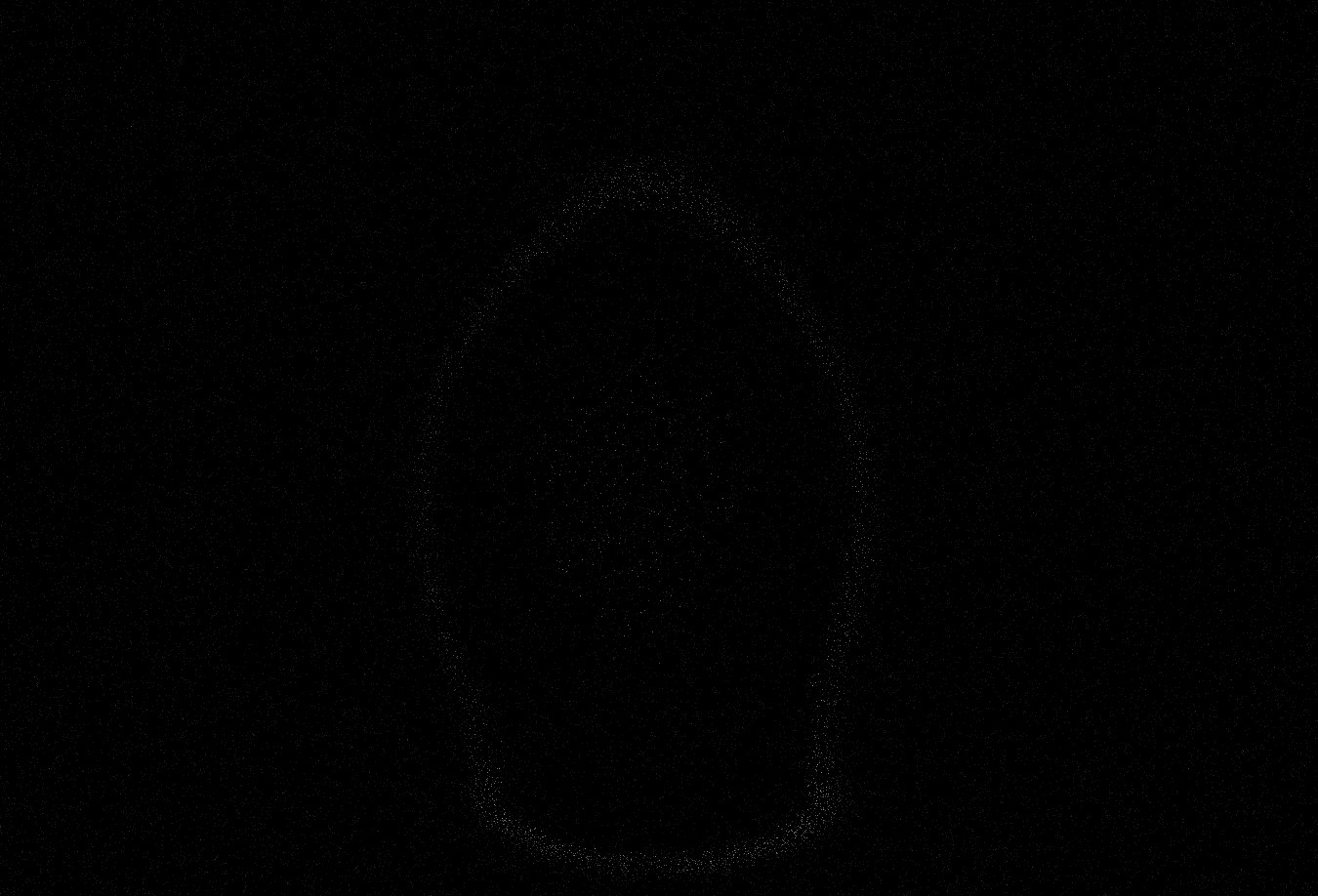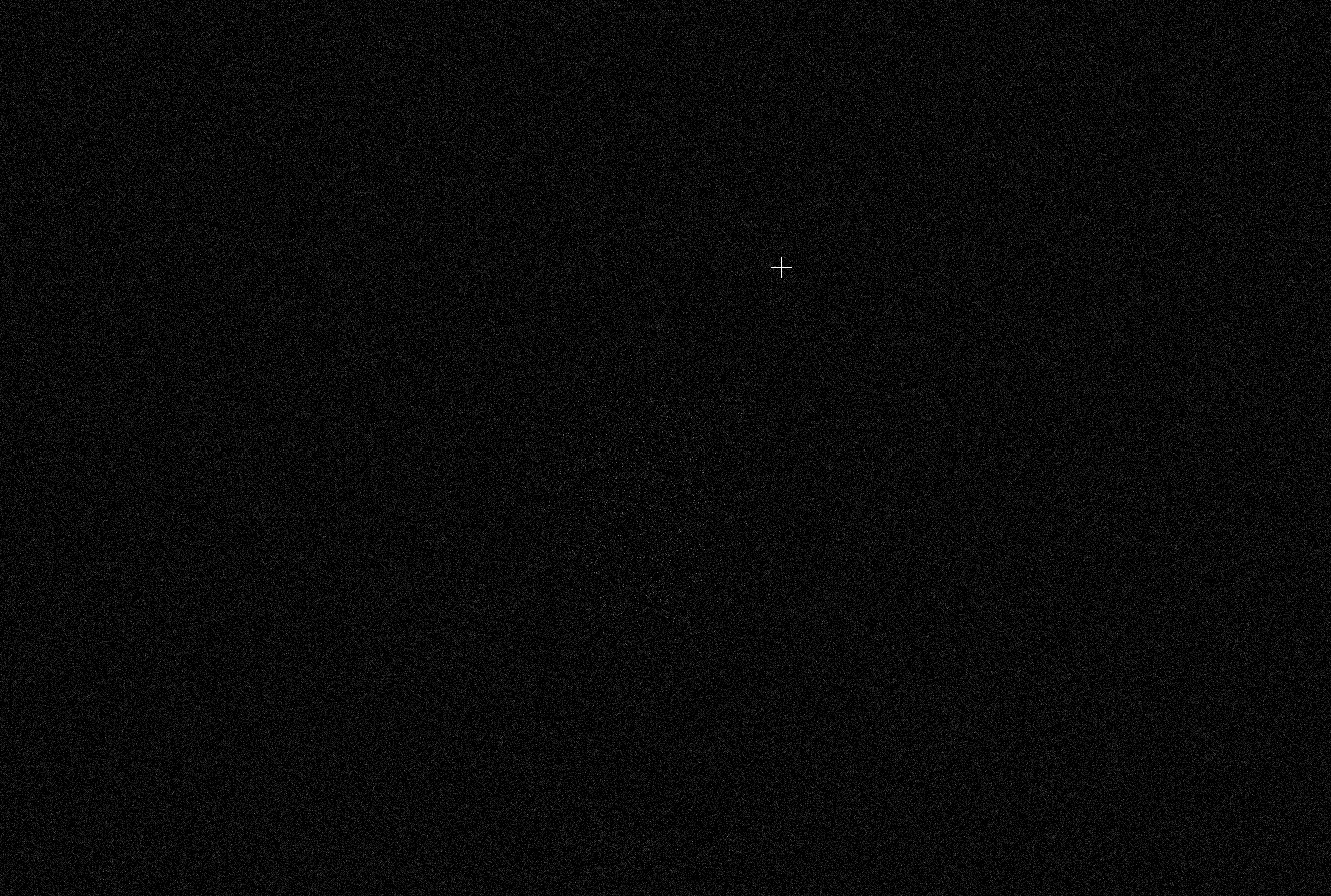I am facing issues with frosting on ASI294MC Pro camera sensor window. Have confirmed that it is indeed frosting by recreating it on flat frames where I cool it rapidly to -10deg C.
I live in an area of high humidity (>80% is normal in 4-5 months). In summer, the outside temperature is as high as 40 deg C, so there is no way the frosting can happen on outside window. I have admitted to be constrained to image at 1 deg C to avoid frosting for now.
I have tried all of the following methods, but it does not just go away.
- Opened the camera window to take out dessicant tablets, heat them in microwave and put them back in
- Blow the hot air of a hair dryer into the camera for 30 mins
- Cooling in slow steps of 10 deg to 5 deg to 0 deg to -5 deg. The moment I hit 0 or lower, the frost shows up no matter how slow i cool it.
Wanted to check on other forum member's experience to see if this is common with only the ASI294MC Pro, or I have a very defective model, or the humidity is constraining me and I have to accept the fact that I cannot image below 1 deg C?
Attaching the master output for flat frames (high and low rejection frmo pixinsight) that clearly shows frosting.

I live in an area of high humidity (>80% is normal in 4-5 months). In summer, the outside temperature is as high as 40 deg C, so there is no way the frosting can happen on outside window. I have admitted to be constrained to image at 1 deg C to avoid frosting for now.
I have tried all of the following methods, but it does not just go away.
- Opened the camera window to take out dessicant tablets, heat them in microwave and put them back in
- Blow the hot air of a hair dryer into the camera for 30 mins
- Cooling in slow steps of 10 deg to 5 deg to 0 deg to -5 deg. The moment I hit 0 or lower, the frost shows up no matter how slow i cool it.
Wanted to check on other forum member's experience to see if this is common with only the ASI294MC Pro, or I have a very defective model, or the humidity is constraining me and I have to accept the fact that I cannot image below 1 deg C?
Attaching the master output for flat frames (high and low rejection frmo pixinsight) that clearly shows frosting.

